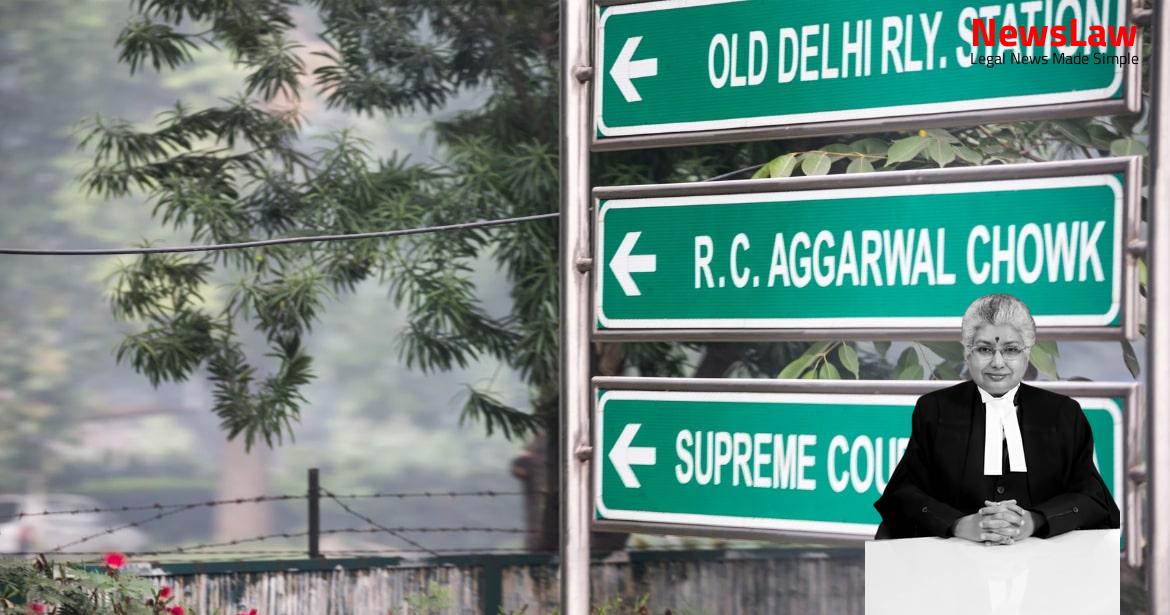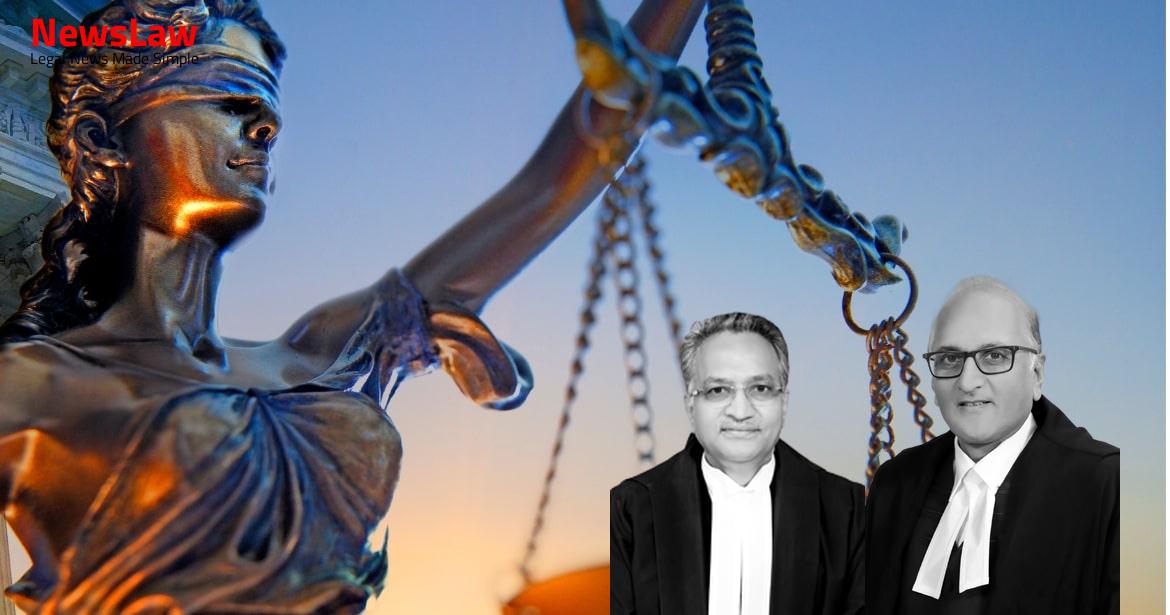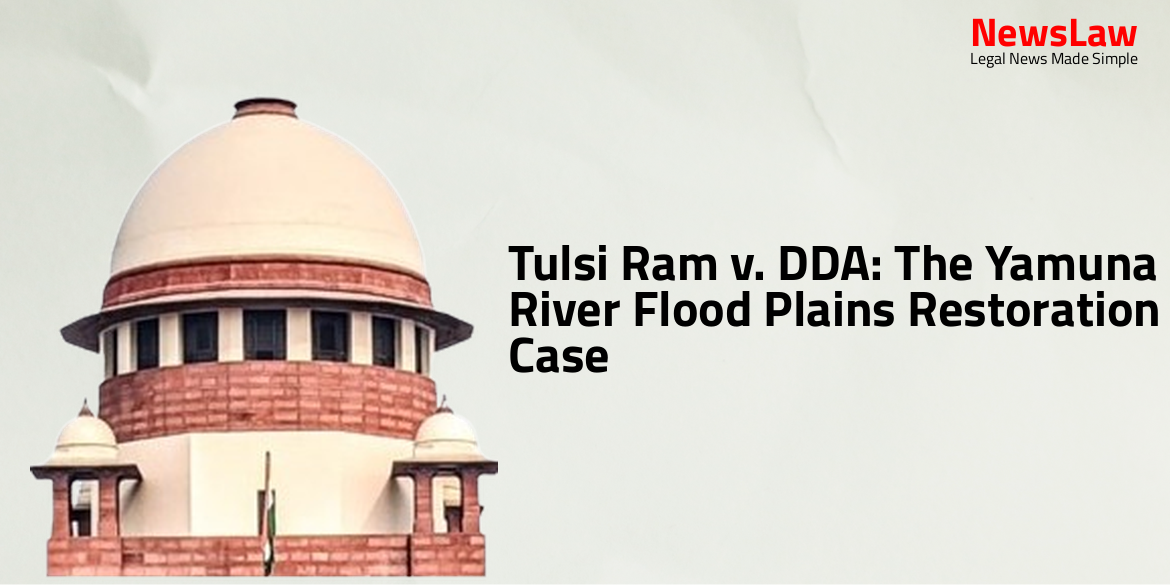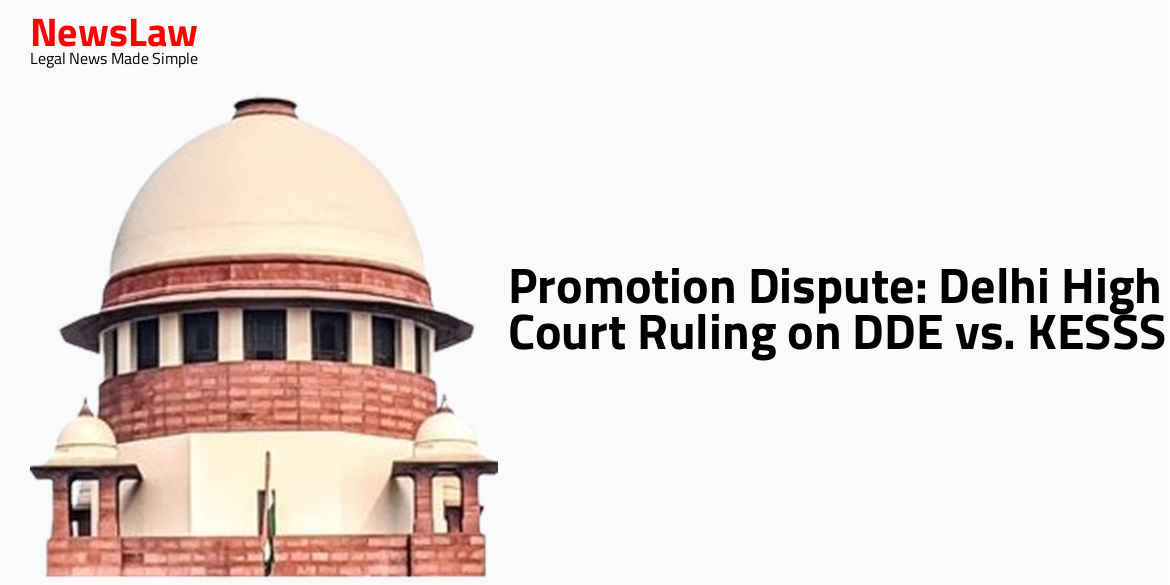Explore a detailed legal analysis of a significant case involving the interpretation of water tax levy under the UP Water Supply and Sewerage Act. The court’s thorough examination of the provisions, categorizing the levy as either a tax or a fee, sheds light on the nuances of tax law and constitutional jurisprudence. Stay tuned to understand the distinctions drawn by the court and the implications of such categorization!
Facts
- First respondent commenced construction of a building in 1986 under U.P. Rajkiya Nirman Nigam Limited.
- The building was known as ‘PICUP Bhawan’.
- Appellants raised a demand for water tax in January 1995.
- First respondent deposited amounts under protest in March and April 1995.
- Writ petition was filed in September 1995 challenging water tax levy.
- Validity of certain sections of UP Water Supply and Sewerage Act was questioned.
- The first respondent sought clarifications on sewer and water standposts.
- Proceedings were argued fully on merits before the High Court.
- Appellants contested the petition by filing a counter affidavit.
- The High Court judgment was drafted casually without proper citation or discussion of merits.
- The High Court failed to provide a basis for extending the law laid down by the Supreme Court to the first respondent.
- The proceedings have been pending for over six years, and a remand to the High Court may lead to further delays and appeals.
Also Read: Electoral Malpractices in Mayor Election
Arguments
- Ms Divan prefaced her submissions by stating that there is no challenge to the validity of the sewerage charges.
- The tax is imposed at a rate being a percentage of the assessable value.
- The challenge to the levy of water tax has been raised on the grounds that it is not a tax on ‘lands and buildings’ as per Entry 49 of List II.
- The levy under Section 52(1)(a) is argued to be a fee and not a tax, therefore not subsumed under Entry 49 of List II.
- The levy is considered as an exaction on water or water supply, although imposed on premises within the area of the Jal Sansthan.
- The taxing event should be distinguished from the measure, rate, and incidence of the tax.
- The UP Water Supply and Sewerage Act contains provisions related to taxes, fees, and charges in Chapter-VI, with provisions for levy, imposition, collection, and realization of water tax and sewerage tax under Section 52(1).
- Opposition to the constitutional validity challenge of the statute is led by Ms. Madhavi Divan, arguing that the levy under Section 52(1)(a) is in the nature of a fee and not a tax, hence cannot be sustained under Entry 49 List II.
- It is argued that despite being labeled as a water tax, the levy under Section 52(1)(a) is a fee and not a tax, aligning with Entry 17 of List II related to ‘water and water supplies’.
- The levy under Section 52(1)(a) is considered a tax on premises, defined as land and building, not on water itself.
- This levy falls under Entry 49 of List II as a tax on lands and buildings, not under Entry 17 which deals with water supplies.
- The Court held that the levy is mislabeled as a water tax, as it actually imposes a tax on lands and buildings within the Jal Sansthan’s area.
- Mr. Pradeep Kant argued against the Court’s interpretation in a case involving the Union of India and the State of U.P., claiming the levy should be considered a tax, not a fee.
Also Read: Balancing Power and Transparency: Electoral Bonds Struck Down, Disclosure Mandated
Analysis
- The Court reaffirmed the principle that the use of the land can be considered in imposing a tax under Entry 49 of List II.
- Various cases were discussed where the distinction between a tax and a fee was analyzed.
- Different judgments were cited to determine whether specific levies were taxes or fees.
- The interpretation of Entry 49 of List II was crucial in determining the nature of the levies imposed.
- The tax on land used exclusively for agricultural purposes shall not be levied unless water is supplied by the Jal Sansthan for such purpose.
- Water tax shall not be levied on premises not situated within a prescribed radius of the nearest water source provided by the Jal Sansthan, or on premises with an annual value not exceeding Rs. 360 and to which no water is supplied.
- The restrictions in Section 55 do not characterize the tax as a fee or indicate it is charged for the use of water.
- The nature of the levy should be understood from the primary objective and essential character of the legislation.
- Provisions like Section 56 differentiate between premises connected to water supply and those that are not.
- The statute distinguishes between owners and occupiers, which is inconsistent with a tax on lands and buildings under List II.
- The Jal Sansthan is empowered to introduce or modify tariffs for water supply and sewerage services and collect applicable taxes and charges.
- The Jal Sansthan can adjust rates of taxes and charges to cover operational costs and, where possible, achieve a return on fixed assets.
- Revenue from water tax is earmarked for water supply and sewerage services as per Section 101(2).
- The provisions of Section 63 indicate that the recovery of a fee is related to a service provided.
- The distinction between tax and fee has been effaced in constitutional jurisprudence.
- The legislature has distinguished between tax, fee, cost of water, meter rent, penalty, damage or surcharge.
- Section 55 contains restrictions on the levy of tax as set out in Section 52.
- The proceeds of the tax are intended for the Jal Sansthan to carry out its obligations under the statute.
- Section 25 defines the powers of the Jal Sansthan to carry out its functions under the Act.
- The law recognizes that there need not be an exact correlation between expenditure and revenue.
- Fees under Section 63 can be recovered for various purposes related to water supply or sewer.
- The levy is imposed on premises within the jurisdiction of the Jal Sansthan.
- The levy under Section 52 of the UP Water Supply and Sewerage Act is considered a tax and not a fee.
- The observations in paragraph 23 of the decision in Union of India v. State of U.P. are overruled.
- The challenge raised in the writ proceedings before the High Court of Judicature at Allahabad is rejected.
- The constitutional challenge to the validity of Sections 52 (1)(a), Section 55(b)(1), and Section 56 of the UP Water Supply and Sewerage Act is rejected.
- The levy under Section 52 is deemed to be a tax simplicitor and not a charge or fee for a service rendered.
Also Read: Recall of Resolution Plan Approval: Legal Analysis
Decision
- The balance of dues remaining to be recovered is to be paid along with interest at 9% per annum
- No order has been given regarding costs in this case
- The appellants have the right to recover the pending dues
- Any pending applications have been dealt with
- The appeals have been allowed, and the judgment of the High Court has been set aside
- The writ petition filed by the first respondent has been dismissed
Case Title: JALKAL VIBHAG NAGAR NIGAM, LUCKNOW . Vs. PRADESHIYA INDUSTRIAL AND INVESTMENT CORP. LUCKNOW THR. ITS MANAGING DIRECTOR . (2021 INSC 659)
Case Number: C.A. No.-006107-006107 / 2021



